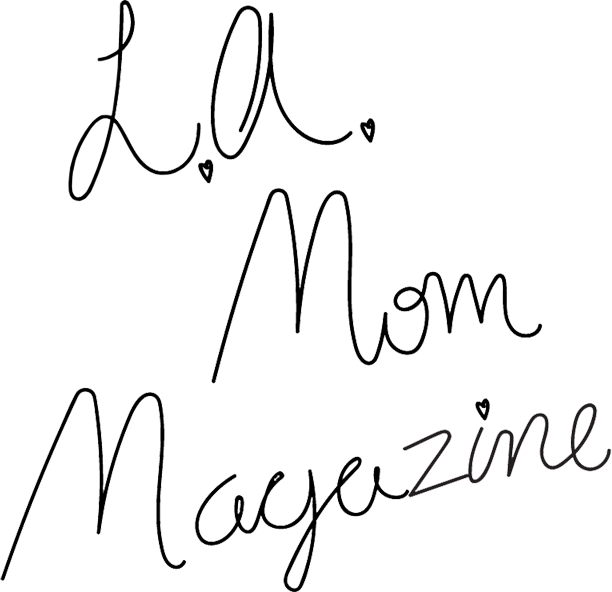By Lisa Gache
 It is never too early, nor too late to begin instilling the value and importance of learning proper table manners. In addition to the warmth and comfort it provides for the family, it allows an opportunity for us to feed our bodies with a well-balanced meal, to share in the ritual of conversation, and to slow down from the days’ activities to enjoy time together. These top tips will help you teach your children appropriate table manners so you too can enjoy your family’s dining experiences.
It is never too early, nor too late to begin instilling the value and importance of learning proper table manners. In addition to the warmth and comfort it provides for the family, it allows an opportunity for us to feed our bodies with a well-balanced meal, to share in the ritual of conversation, and to slow down from the days’ activities to enjoy time together. These top tips will help you teach your children appropriate table manners so you too can enjoy your family’s dining experiences.
Use your napkin. Before beginning your meal, lift your napkin with your left hand to open. Fold it in half and lay it in your lap with the fold facing towards you. If you need to excuse yourself during the meal, place your napkin on the seat of your chair, when you return place it back in your lap. To signal the end of the meal, pinch the center of the napkin and place it on the left side of your place setting. A napkin is used to wipe food from your mouth, wipe your lips before taking a drink, to catch crumbs that may fall into your lap or to use as a barrier if you sneeze or cough while at the table.
Chew with your mouth closed and keep elbows off the table! Nothing is more unpleasant than witnessing a fellow diner talk with a mouth full of food. Use your body language to communicate until you have had a chance to completely swallow the contents in your mouth. It is considered bad manners to keep your elbows on the table while eating, however your forearms are allowed on the table in between courses or when resting after you have completed your meal.
Use your utensils, not your fingers. Different cultures have different standards for table manners. In some countries it is perfectly acceptable to eat with your fingers, however in America we are taught to eat our food with utensils or silverware.
Break bread. Tear off only a bite size piece of bread. Use your butter knife to spread a small amount of butter onto the piece that you wish to eat. Repeat same with each new piece of bread.
Learn how to eat like the French. There are two styles of eating, the Continental style and the American style. Most people practice the Continental style of eating using their fork in the left hand and the knife in the right. The fork tines are face down and used to gently pierce the food while the knife acts as the pusher. The pattern is to cut and then eat. It is a much more efficient way of dining and presents a more polished appearance.
Practice the secret language of waiters. The resting position and the finished position are the secret codes to alert servers if you are taking a break or finished with your meal. To signal the resting position, use your fork and knife to make an inverted “V” on your plate. This will ensure that your server will not remove your food should you get up from the table during your meal. To signal the finished position, close your fork and knife together at an angle on the right side of your plate. This lets your server know that you have completed your meal and that it is okay to remove your plate.
Make pleasant table conversation. Designate at least one night as family dinner night. Choose a theme to make it festive. Take turns sharing one good thing that happened during the day or try engaging in other topics such as the weather, cultural or sporting events or upcoming plans for the family.
Ask to leave the table. Ask permission before leaving the table whether you need to use the restroom during your meal or would like to be excused at the end of the meal. Rise from the table and make sure to push in your chair. Offer to take your dishes to the kitchen.
Lisa Gaché is the owner of Beverly Hills Manners, Inc., an education and entertainment company dedicated to promoting a new school style of etiquette and manners to both children and adults. Our mission is to remove the old, uptight and remedial image associated with etiquette schools of the past and infuse a new energy making learning manners entertaining, fun, interactive and informative with a “here’s why it’s relevant to you” approach.
